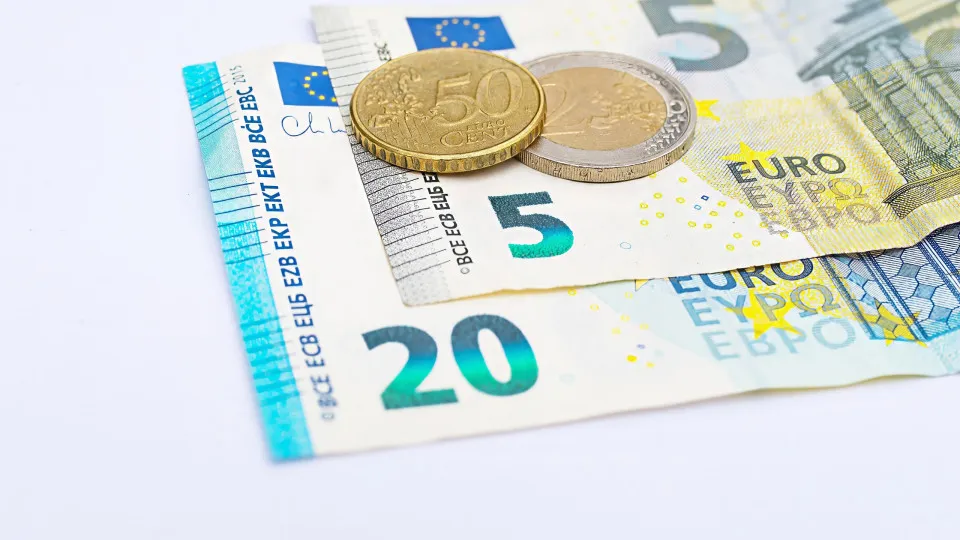
Value Added Tax (VAT) is a tax applied to sales or services within the country. When is it paid and by whom? The Tax Authority (AT) clarified on Facebook:
“VAT is a consumption tax, meaning it is due when we purchase most goods and services,” it stated.
AT addresses three key questions:
- Who collects it? Businesses and merchants include VAT in the price of products or services.
- Who pays it? The final consumer.
- Who remits it to the State? Businesses, who collect VAT from customers and then remit it to AT.
It should be noted that “there are different VAT rates in Portugal depending on essential goods and services (such as basic foodstuffs, transport, medicine), catering, certain foods and drinks, and other goods and services.”
Moreover, “some goods and services are exempt from VAT, such as medical services.”
VAT Deduction for Books, Concerts, Theatre, and Museums Approved
Recently, Parliament approved a proposal from the PS allowing taxpayers to deduct a portion of VAT from buying books and cultural event tickets from 2026.
The initiative, resulting from a proposed amendment to the 2026 State Budget (OE2026), was supported by PS, IL, PAN, and BE, passing with abstentions from CDS, PCP, PSD, and Chega.
Specifically, the approved measure permits a 15% deduction of VAT on purchases of books, theatre visits, concert tickets, dance events, entries to museums, historical monuments, and library or archive activities.
This range of expenses now deductible from personal income tax mirrors deductions already available for restaurant, hairdressing, auto repair, and veterinary expenses. For this deduction, taxpayers must request invoices with their Tax Identification Number (NIF).
During the specialized voting on OE2026, the reduction of IRS rates from the 2nd to the 5th tiers for next year was also approved, unchanged from the government’s initial proposal, reducing it by 0.3 percentage points from the current table.
This reduction received support from PSD, CDS-PP, Chega, IL, and Livre, opposed by PCP, with PS and BE abstaining.
The first bracket rate remains at 12.5%. The second bracket rate reduces from 16% to 15.7%, the third from 21.5% to 21.2%, the fourth from 24.4% to 24.1%, and the fifth bracket rate drops from 31.4% to 31.1%.
Since the last modification to the IRS table by parliament in July, rates for the 6th, 7th, 8th, and 9th tiers remain at 34.9%, 43.1%, 44.6%, 48%.
Although the top tier rates stay unchanged, taxpayers within these income brackets also benefit from the reduction, as IRS is calculated progressively. Thus, the relief in lower brackets effectively eases the tax burden on all taxable income, reducing payable IRS.
Beyond rate reductions, the newly approved table updates the income amounts defining each IRS bracket by 3.51%.
Additionally, a provision updating the minimum existence value, ensuring low-income earners up to the minimum wage remain tax-exempt, was approved.
With this approval, annual incomes up to 12,880 euros, or higher if exceeding based on Social Support Index (IAS) updates, equal to 1.5 times the IAS over 14 months, are exempt from IRS.




